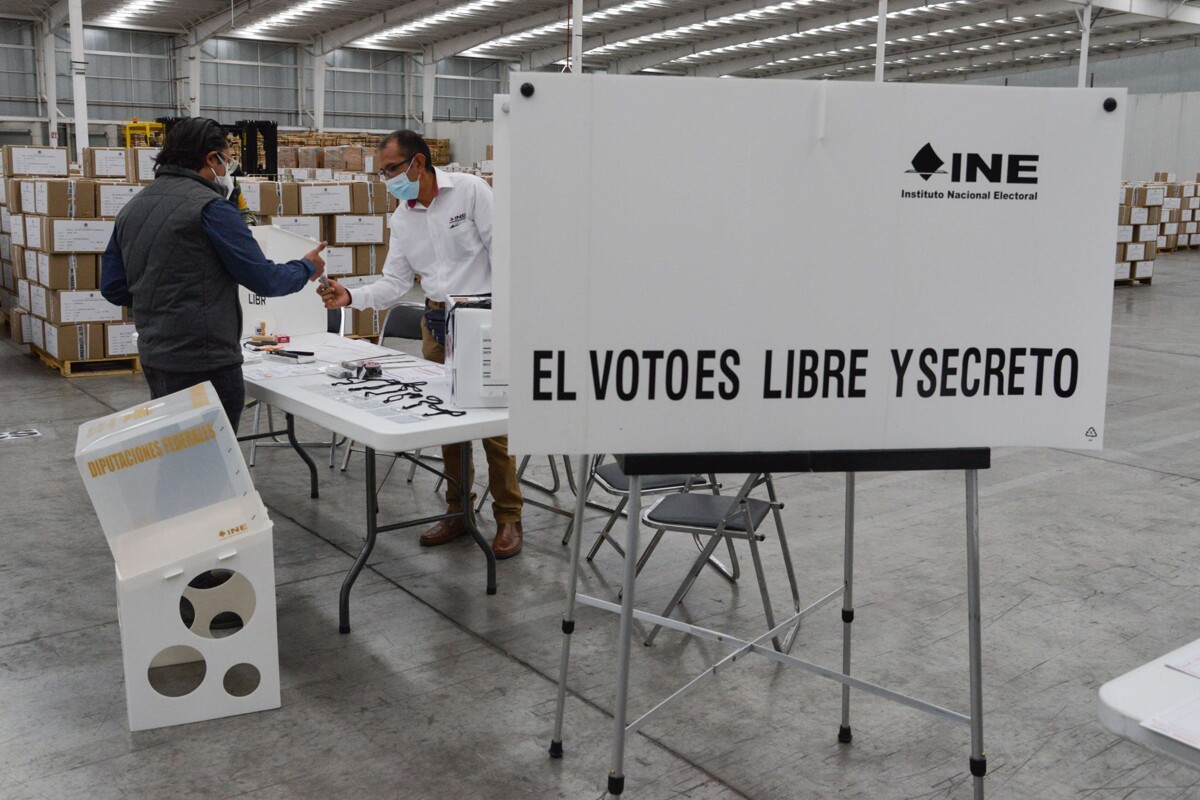
On June 1, during the judicial elections, the National Electoral Institute (INE) announced that the ballots will be placed without distinction of the type of election, which will expedite the electoral process. To avoid setbacks, each polling station will have additional ballot boxes that will be replaced under the supervision of the presidency of the Polling Station's Board once they reach their maximum capacity.
In total, sectional polling stations will be set up in 15 entities where only members of the Judiciary will be elected, while in another 17 entities, unique sectional polling stations will be enabled that will also receive votes for local judges. The polling stations will be divided into basic and contiguous, depending on the number of voters in each section.
In polling stations with more than a thousand voters, an additional scrutineer will be added to optimize the vote counting. Likewise, the installation of special polling stations for voters in transit is planned, with at least one per judicial electoral district and a thousand ballots available per type of election. The final number of sectional, unique, and special polling stations will be determined by each District Council of the INE, ensuring an efficient and accessible electoral process for the citizenry.
During the judicial elections, citizens will be able to deposit in a single container the six ballots corresponding to the election of ministers, magistrates, and judges in different instances of the Judiciary. Each voter will cast their vote for different judicial positions, from ministers of the Supreme Court of Justice of the Nation (SCJN) to district judges.
The INE plans to install up to two unique ballot boxes in polling stations with more than a thousand voters. Each polling station will have a Board composed of a president, two secretaries, and two scrutineers, with the goal of ensuring the proper development of the judicial elections and facilitating voter participation.














